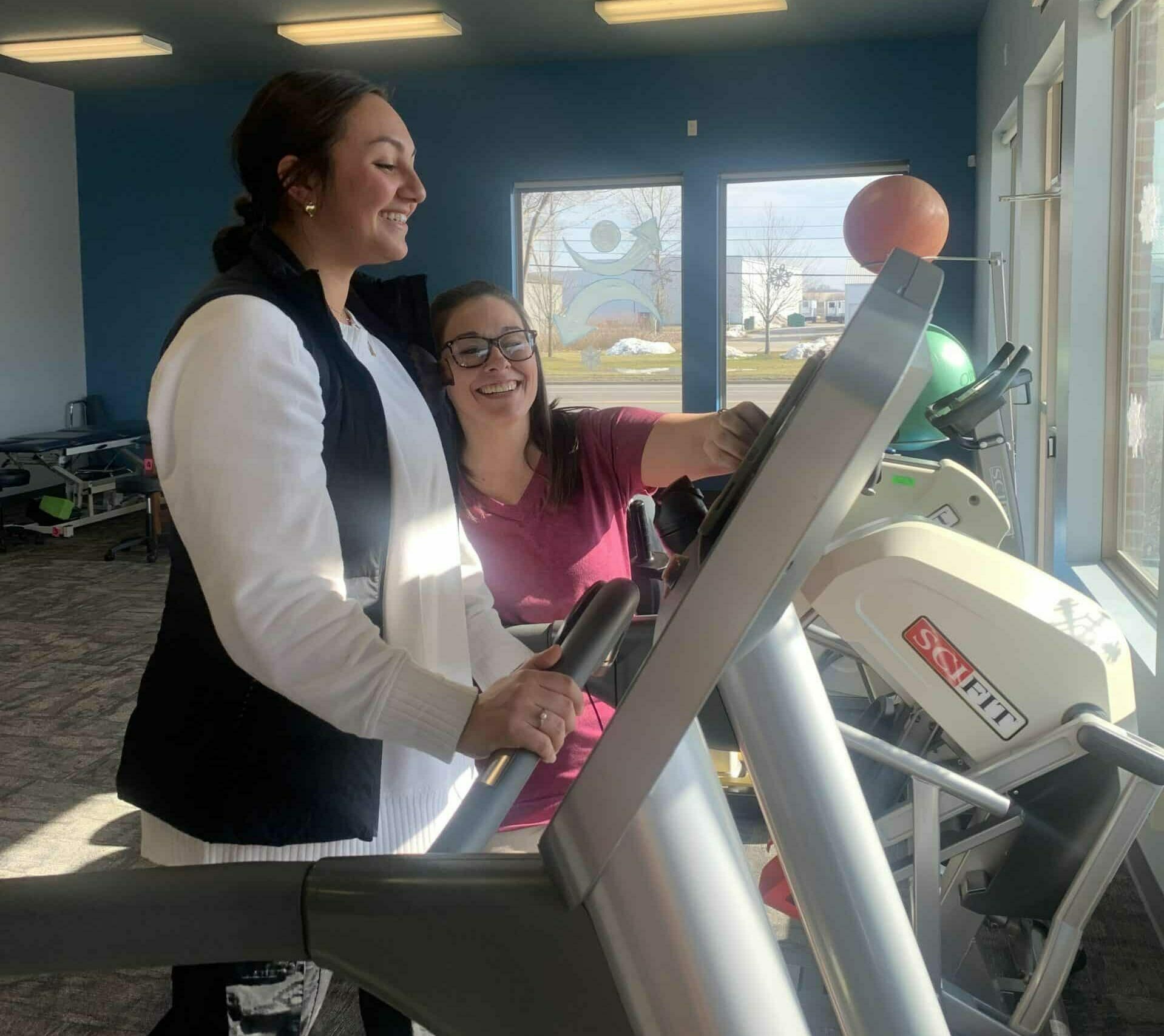Living Your Life with Chronic Pain

What does pain mean? Pain is our body’s alarm system based on the interpretation of threat or danger. The more threatening your nervous system perceives an input or situation, the more pain you will experience. When you put your hand on a hot stove, you feel a brief moment of pain to tell you to move your hand before harm is done. If you move quickly enough, there is no damage, right? So, hurt does not always equal harm.
What do you do when the pain becomes chronic?
Imaging shows that old injuries have healed, medication isn’t providing relief, you have tried everything and cannot find any answers, you still hurt and pain starts to affect your life more significantly. If there is no longer any harm (injury) but you are still feeling pain, the nervous system still feels threatened enough to give you that warning sign.
Here is an analogy for you.
Let’s compare your body’s alarm system to the alarm system in a house.
If you wake up in the middle of the night because your home alarm system is going off, you are probably nervous. Thoughts are going through your head wondering if someone is breaking in, if there is a fire, if your kids are okay. You grab something to protect yourself, make a phone call for help, and run towards every door checking to make sure your home is secure. You look everywhere and you cannot find any reason your home alarm sounded. Now, you are frustrated because the alarm woke you up in the middle of the night for nothing and you are stressed about needing to get it fixed. What if I told you a leaf fell on the roof of your house triggering the alarm? Is there any damage or actual threat to your house? No. But… the alarm system on the house is in a constant state of threat. It is so worried about what could happen that it is warning you of every input it receives, whether it is something to be worried about or not.
Now, let’s relate that back to chronic pain. When the central nervous system is in a constant state of threat, it is going to warn you about every input it receives because it is worried about the potential for harm. If pain is its response to feeling threatened, this means that pain becomes more constant or you have a pain in response to what you wouldn’t expect to be bothersome. When this occurs, similar to the home alarm situation, you likely start to feel frustrated, nervous and stressed about not being able to find answers. It hurts to move and be active so you likely start to avoid certain activities. Then, by avoiding what makes you happy, you become sad. Changes in mood/stress can all affect your nervous system feeling more threatened. So how do you break this circle and start getting your life back?
- Understand. The first step is to understand why pain continues to persist in the first place, which we discussed above. Once you start to understand that even though there is some pain, that doesn’t mean you are harming yourself, there is a sense of relief. Some of that fear dissipates and naturally, the nervous system starts to feel less threatened.
- Start moving. Check-in with a physical therapist who can guide you on where to start and how to progress. As you get back to activity, the most important thing to keep in mind is graded exposure. This means starting with less and gradually increasing as you tolerate more. Over time, the nervous system is less threatened by the activity you are doing because you have started to complete it successfully.
- Aerobic exercise. 20-30 minutes of aerobic exercise at a target heart rate triggers the body to begin producing endorphins and serotonin. Endorphins help with providing pain relief while serotonin improves mood. Have you ever heard of the “runner’s high”? This is what occurs during that phenomenon. This is recommended 4-5 days per week.
- Managing stress. Prolonged stress, whether secondary to pain or other things in life, causes our body to produce a hormone called cortisol. In short increments, this is okay; however, when we are under constant stress, cortisol can affect many other areas of the body. These include muscle/nerve imbalance, digestion, immune function, libido, fatigue, concentration, and many more. The use of relaxation skills, diaphragmatic breathing, and aerobic exercise can all help to manage stress.
- Adequate sleep. There have been studies done on people without pain to assess their response when you disrupt the sleep cycle. What was found was that many of the people developed symptoms similar to fibromyalgia, had difficulty with focus/concentration, and were more stressed. Getting adequate sleep is important for managing pain and improving function.
- Get back to living. That basketball game you were going to go watch but avoided because of the fear of how you would feel afterward, give it a try. Maybe you start with watching half of the game and gradually work up to staying longer. Bring joy back into your life. If you continue to avoid, you are reinforcing to the nervous system that those activities are threatening and you are missing out on parts of life that make you happy. (This will also help with stress hormones, too!)
If you have been struggling with managing chronic pain and need some help getting back to the things you love, reach out to your local Hulst Jepsen Physical Therapy clinic today. Schedule a free consultation to determine if physical therapy is right for you. Call 616.256.8679 or visit to request an appointment https://www.hjphysicaltherapy.com/request-appointment/
